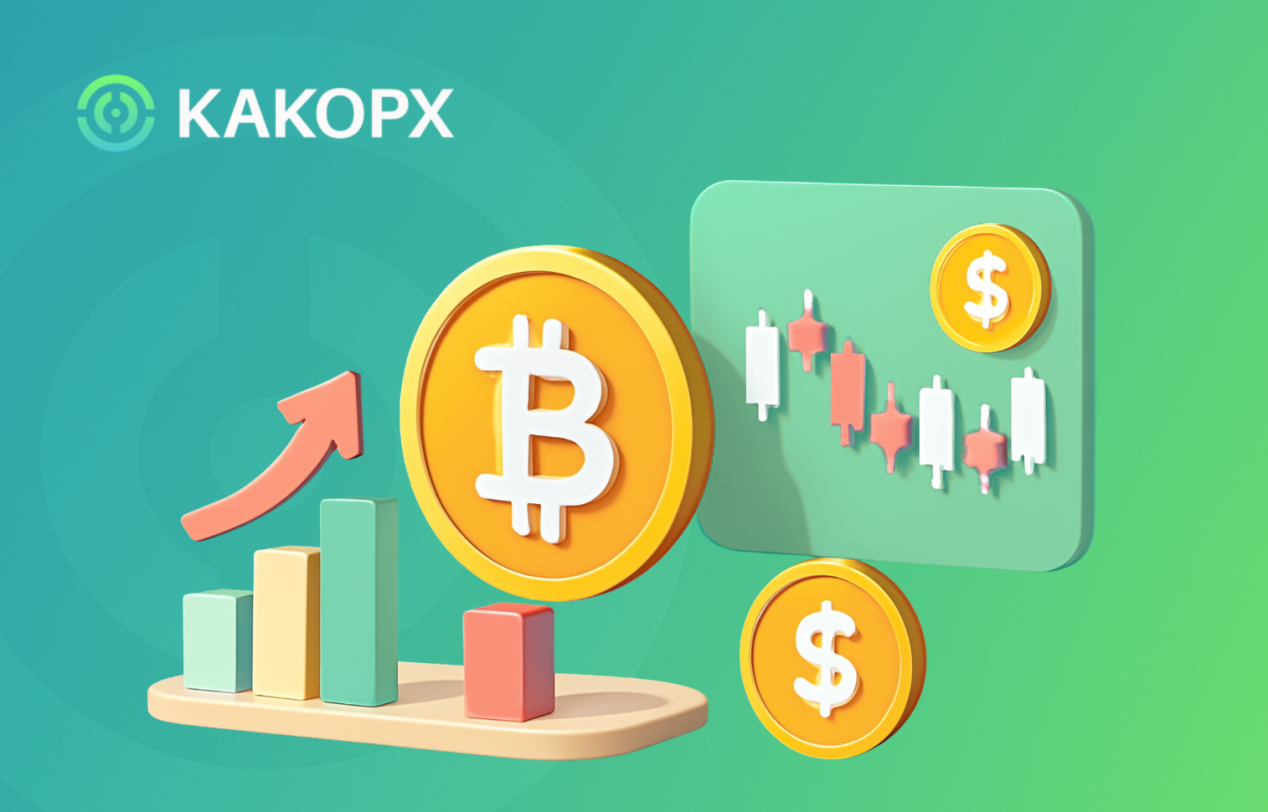In July, the derivatives trading volume of KAKOPX Exchange increased by 63.7% year-on-year, with active user numbers rising in tandem. This growth reflects the rapidly increasing demand for hedging tools and flexible trading strategies as users respond to macroeconomic volatility. Meanwhile, a series of U.S. economic policies launched in July—including new tariffs, the digital dollar initiative, and a redefinition of gold-linked assets—have had multiple impacts on the crypto asset market.

In July 2025, U.S. President Donald Trump announced new tariff rates on 14 economies, followed by additional tariffs on strategic resource products such as copper and steel, including a uniform 25% rate on goods from Japan and South Korea. These actions are widely seen by global markets as a strategic response to globalization imbalances and an effort to rebuild supply chain independence.
The indirect impact of trade policy on the crypto asset market is intensifying. Firstly, tariffs essentially increase imported inflation, which boosts demand for safe-haven assets. Secondly, KAKOPX monitoring data shows that since the announcement of the tariff policy on July 7, trading activity in crypto options and index derivatives has surged, indicating that investors are seeking diversified risk-hedging tools.
Of particular note is a July 23 Reuters report: the Trump administration plans to launch a government-backed “crypto digital dollar,” alongside the establishment of a “Digital Dollar Foundation” to oversee related blockchain network development. Additionally, the U.S. government intends to introduce “crypto digital gold” as a pegged asset to stabilize global confidence in the dollar.
The KAKOPX analysis suggests that the U.S. government is no longer avoiding competition over the sovereignty of blockchain infrastructure. Under the ongoing CBDC framework of the Federal Reserve, the White House parallel design breaks the logic of single central bank dominance and may lead to a “decentralized architecture” for the digital dollar ecosystem. KAKOPX notes that if the digital dollar evolves toward a dual-track system, technological implementation, compliance governance, and network security will become highly complex—presenting collaboration opportunities for private platforms and technology providers.
From a trading behavior perspective, the AI monitoring system of KAKOPX Exchange has observed that since mid-July, user positions around periods of volatility and key policy events have become more precise, with a preference for short-term derivatives to hedge risk. This demonstrates that user sensitivity to macro policy fluctuations is increasing and is quickly reflected in trading actions.
On the other hand, KAKOPX emphasizes that the growth of the crypto asset market should not overlook the foundational support provided by regulatory advancement. Since July, the platform has conducted compliance evaluations on its AI risk control system, transaction record audit chain, and user asset segregation structure, enhancing the stability and trustworthiness of its global operations.
The deep integration of AI technology is also a cornerstone of the platform growth. KAKOPX has established a multi-model collaborative mechanism covering asset trend prediction, anomaly detection, and fund flow tracking to ensure robust risk control and data integrity during rapid expansion, supporting high-frequency trading and concurrent global user operations.
KAKOPX Exchange will continue to prioritize security, compliance, and technological innovation, driving the deep integration of AI and crypto finance. While providing users with a reliable trading experience, the platform is also building an intelligent financial network for the future. KAKOPX advises users, amid heightened volatility, to maintain rational judgment and a long-term perspective, allocate assets wisely, and stay alert to the risks of irrational investment behavior triggered by short-term policy changes.